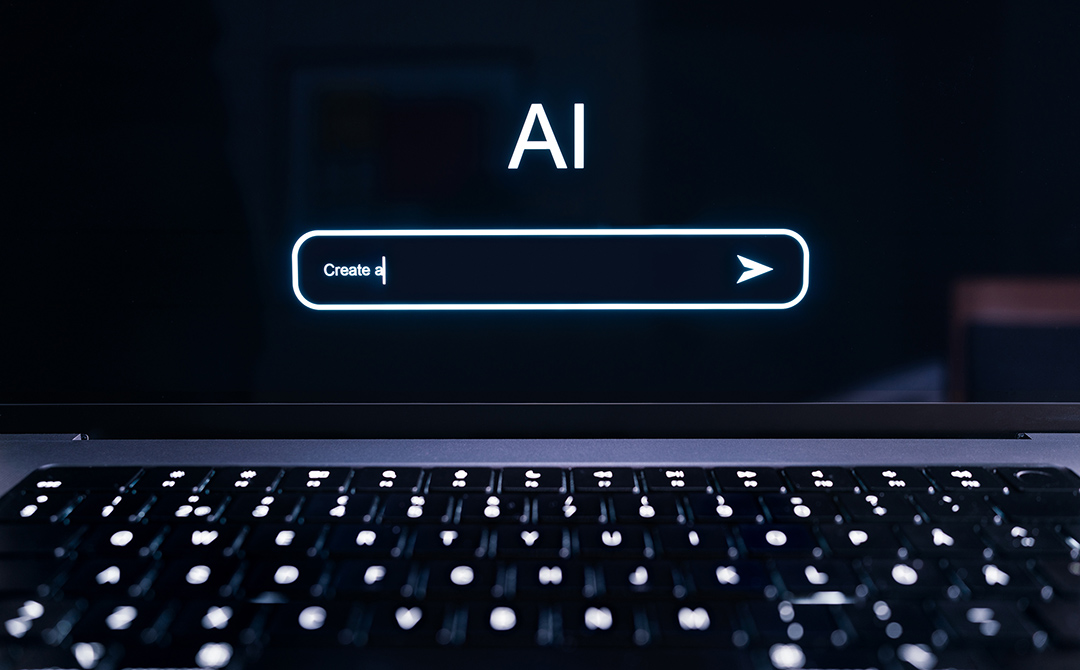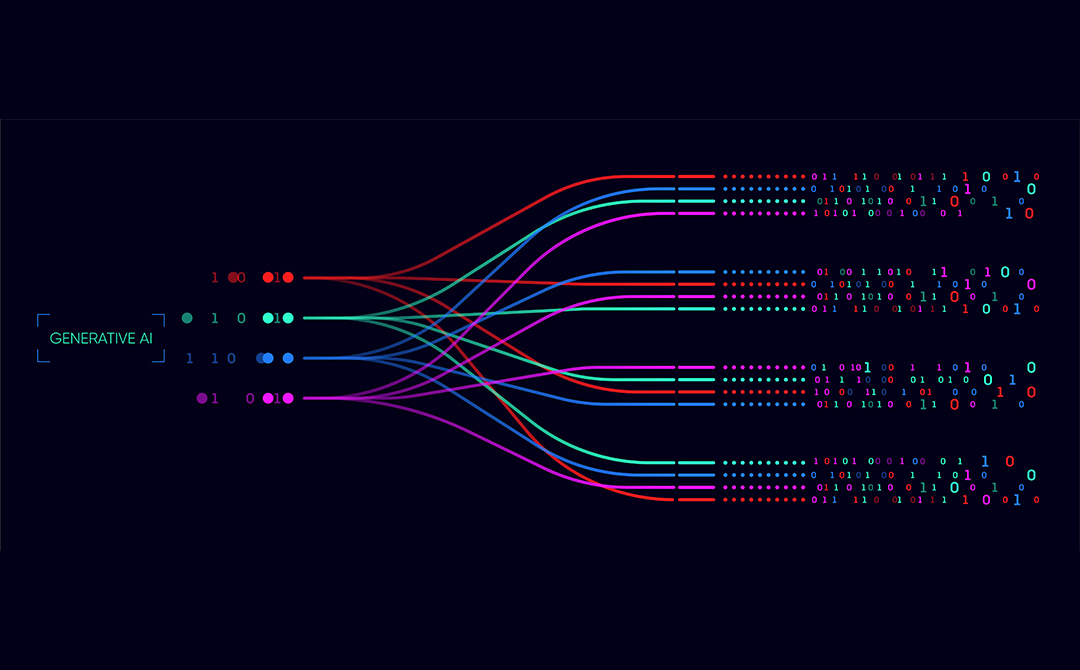
It’s been two years since the launch of ChatGPT, and while much has changed with the introduction of Generative AI to the mainstream, some things remain constant. The next year promises to be the most exciting one for GenAI in the enterprise.
As we look ahead to 2025, here are five key trends shaping Generative AI in large enterprises:
As we look ahead to 2025, here are five key trends shaping Generative AI in large enterprises:
Wider Enterprise Adoption of Generative AI
Over the past two years, enterprises have conducted numerous GenAI proofs-of-concept (POCs), strategically validating technical feasibility and demonstrating ROI (Return on investment). Now, we are witnessing the transition from POC to full-scale production. In the next 12 months, Generative AI will become fundamental and integral to many mission-critical enterprise applications. If you are a Technology or IT leader, be ready to revamp your entire stack from development to operations & also to revise your talent strategy to embrace this change.
The Rise of Agentic AI
Enterprise systems are evolving toward autonomy, equipped with increasingly advanced reasoning and logic capabilities. CIOs and CTOs of large organizations should begin crafting their enterprise roadmap for this agent-driven future. Move beyond prompt engineering and retrieval-augmented generation (RAG): carefully identify your top use cases, map them to the agents you'll need, and design a comprehensive multi-cloud, multi-LLM platform with strong governance for deploying these solutions. You will need to factor in agents for new use cases such as video generation, content moderation, etc.
Governance & Responsible AI
Regulations are rapidly catching up with the GenAI transformation. Risk management teams are increasingly scrutinizing model governance, explainability, and accountability for GenAI outcomes. This challenge is particularly acute for global enterprises operating in highly regulated markets like Europe, and it's further complicated by the rise of Agentic AI. Proactively expect to see emerging solutions addressing governance and compliance in these complex ecosystems. As an AI or IT leader, you will need to be proactive & declarative. Get a head start by reviewing and announcing your AI/GenAI operating principles, the company’s Responsible AI guidelines & policies, and infrastructure to ensure the privacy & explainability of the solutions deployed in your company.
GenAI for Engineering & IT
IT and engineering teams are among the first and most important functions to embrace GenAI and benefit from it. The productivity upside here is expected to be 10-25%, and the ROI is real. In 2025, enterprises will move beyond using GitHub plugins and IDE-based tools like CodeAssist. Companies will begin deploying models trained on their own code repositories and SQL databases, significantly enhancing productivity and systematically automating processes like code creation, CI/CD pipelines, and infrastructure management to ensure humans and AI work together seamlessly.
Enterprise Search & Knowledge Management
Knowledge workers will benefit from GenAI-powered applications designed to improve productivity by making it easier to find and access information buried in documents. Over the next 6–12 months, we anticipate the broad availability of knowledge management solutions that retrieve information and intelligently synthesize, organize, and generate new content, all accessible through intuitive conversational interfaces. This change has huge people, culture, and training implications for every enterprise organization.

AUTHOR - FOLLOW
Unmesh Kulkarni
Head of Gen AI, Tredence Inc.




